The future of U.S. trade policy could hinge on a Supreme Court decision regarding the legality of tariffs imposed under the Trump administration. While the administration has asked the Court for an expedited review, a ruling against the tariffs may not signal the end of such measures. Several legal pathways remain available for reinstating or introducing new duties.
Trade analysts point out that at least five statutes give the president authority to act on tariffs, though some provisions remain largely untested. These tools, if invoked, could lead to fresh debates and potential legal challenges.
Section 338 of the Tariff Act of 1930
Part of the Smoot-Hawley Tariff Act, this provision authorizes the president to impose tariffs of up to 50% on imports from countries deemed to be discriminating against the United States. Although historically significant, this section has never been used.
Section 232 of the Trade Expansion Act of 1962
This law permits an investigation into whether imports pose a national security threat. If such risks are confirmed, the president has broad authority to adjust imports, including the imposition of tariffs, for as long as deemed necessary.
Section 201 of the Trade Act of 1974
Under this statute, the president can act if the U.S. International Trade Commission (USITC) determines that increased imports of a particular product are causing or threatening serious injury to domestic producers. Actions may include the application of tariffs on those goods.
Section 301 of the Trade Act of 1974
This section allows the U.S. Trade Representative, with presidential backing, to respond if American rights under trade agreements are denied or if foreign practices are deemed unjustifiable and harmful to U.S. commerce. Measures can include tariff enforcement to correct imbalances.
Section 122 of the Trade Act of 1974
This provision enables the president to impose a temporary import surcharge of up to 15% in cases of serious balance-of-payments deficits or risks of dollar depreciation. Such surcharges are capped at 150 days unless extended by Congress.
Congressional Role
Congress also retains the authority to weigh in. While the Senate has previously voted on measures to roll back tariffs, none have passed both chambers. The political landscape in the House often determines whether such legislation moves forward.
Taken together, these mechanisms highlight the range of legal options available to the executive branch in shaping tariff policy. As the Supreme Court considers its role, industries and trade partners are closely monitoring how these statutes might be applied in the future.
#SupplyChainNews #TradePolicies #Tariffs #GlobalTrade #NewsUpdate

















